Sewoon Sangga (Sewoon Plaza)
Its humdrum facade only adds to its electrifying appeal: a rooftop with panoramic views of a shapeshifting metropolis.
Once a symbol of Korean modernization, Sewoon Sangga, a.k.a. Sewoon Plaza, was named to mean a place that “gathers the energy of the world.” No wonder, then, that the megastructure—originally comprised of eight bulky buildings stretching for more than half a mile—bizarrely resembles a concrete power strip plugged into the heart of Seoul.
Rewind to early 1945, toward the end of World War II and final year of Japanese colonial rule of Korea, and your curiosity about Sewoon Sangga’s stretched-out structure is quelled.
The Imperial Japanese government hastily cleared a more than 160-f00t-wide, nearly half-mile-long strip of inhabited land to prevent the spread of fires in the event of potential United States firebombing raids on Seoul. Then, with the Korean War, the evacuated lot turned into a shantytown for refugees and homeless people. But not for long.
During the period of rapid postwar development in the late ‘60s, people in Seoul were awestruck—with wonder or dread of being displaced—by a novel plan to construct “a city within a city” on the deprived land. In fact, Sewoon Sangga was the first mixed-use residential and commercial complex in the country. Designed by Korea’s foremost architect Kim Swoo-Geun, it included a luxury apartment, a one-stop shopping mall, a school, and even a library for its residents.
Soon enough, however, its novelty faded. Over time, the brutalist megastructure transformed into a magnet for seekers of porn and pirated media, an arcade outlet, and mainly an all-out electronics market during the ‘80s. There’s even a famous joke that Sewoon Sangga has everything you need to build a tank or nuclear submarine!
Fast forward to today, and the megastructure, once on the brink of complete demolition (only one of the buildings was destroyed in 2009), is shifting its form yet again. This time, it’s being dubbed as “Makercity Sewoon” in light of a recent urban renewal project to revitalize the historic complex and to deliberately prevent gentrification—the first project of its kind in Seoul.
Sewoon Sangga is now becoming a hub where you can find veteran artisans coexist and collaborate with young makers and entrepreneurs. Its floors are lined with an eclectic range of storefronts that include old-school printing shops, VR and robotics labs, classic eateries, hip cafes, and community spaces that seemingly promote maker culture.
Not to be missed from its regeneration is Sewoon Sangga’s newly renovated public rooftop. The 25,058-square-foot space has lounging areas perfect for slowing down, a blooming urban garden, and, best of all, dramatic views of downtown Seoul you won’t find anywhere else.
Depending on where you stand, you can see Jongmyo Shrine, Bugaksan Mountain, the industrial Euljiro neighborhood (sadly on the verge of being demolished), Namsan Seoul Tower, Gwangjang Market (arguably the best food market in Seoul), Cheonggyecheon, and more.
Its rooftop is also a place that makes you ponder about the city’s ever-changing skyline, and whether Sewoon Sangga will keep transforming until it lives up to its utopian namesake.
Know Before You Go
Sewoon’s rooftop is open to the public from 9 a.m. to 8 p.m. There’s an elevator in front of the entrance facing Jongmyo Shrine. Also, be sure to stop by the tiny, but worthwhile Sewoon Electronics Museum on the third floor (descriptions are in Korean).
Community Contributors
Added by
Edited by
Plan Your Trip
The Atlas Obscura Podcast is Back!



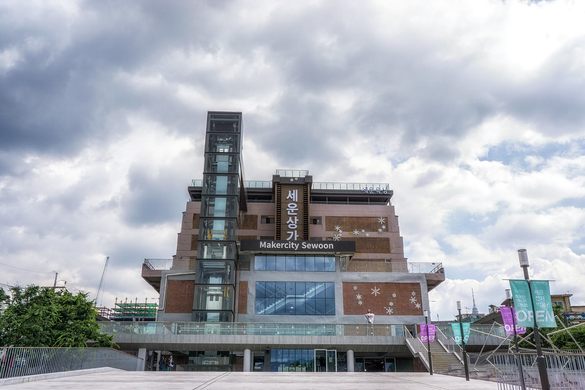
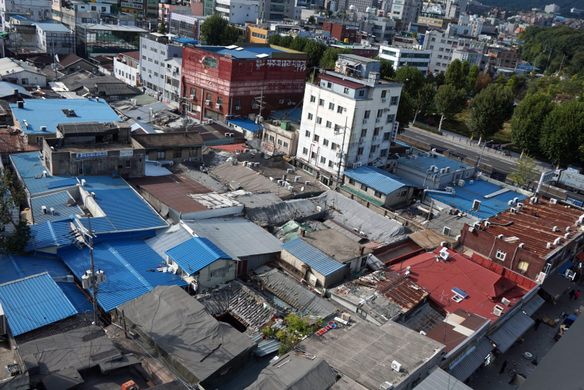
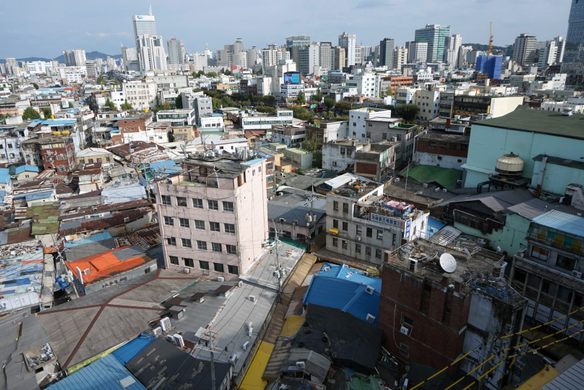
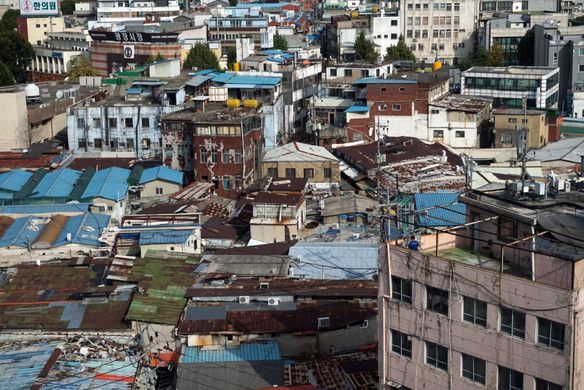

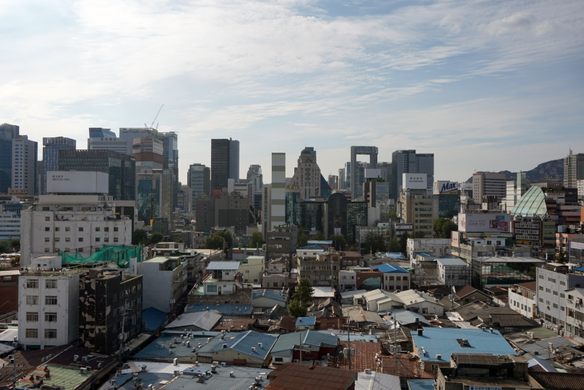
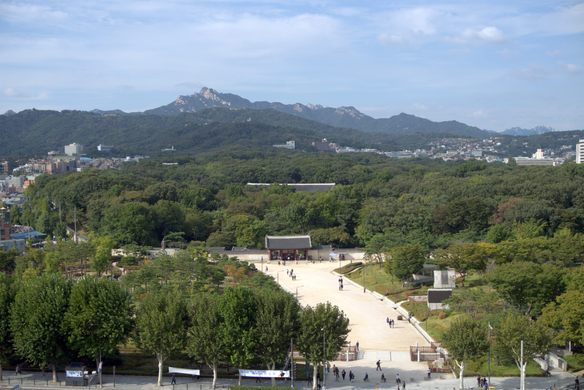










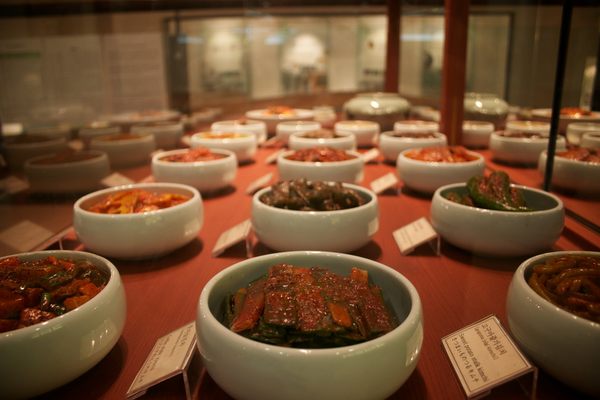
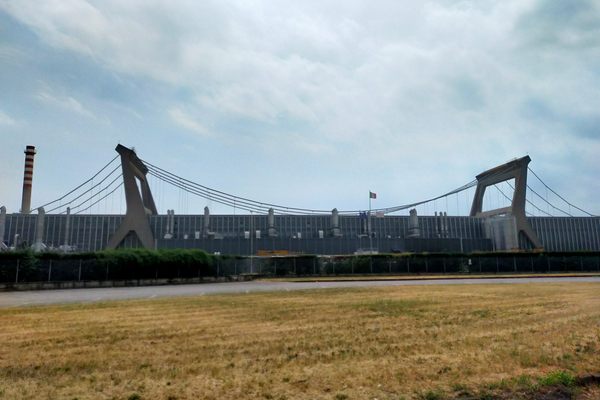




Follow us on Twitter to get the latest on the world's hidden wonders.
Like us on Facebook to get the latest on the world's hidden wonders.
Follow us on Twitter Like us on Facebook